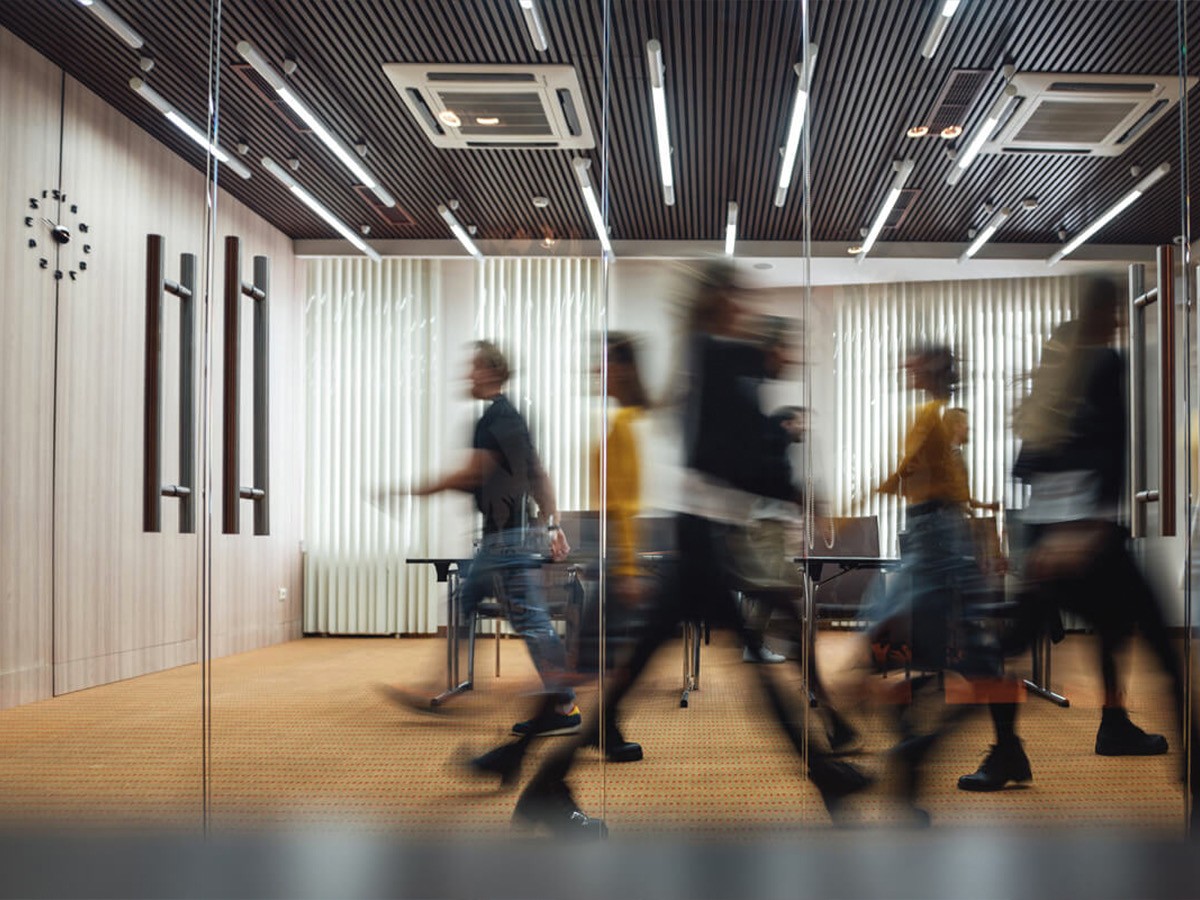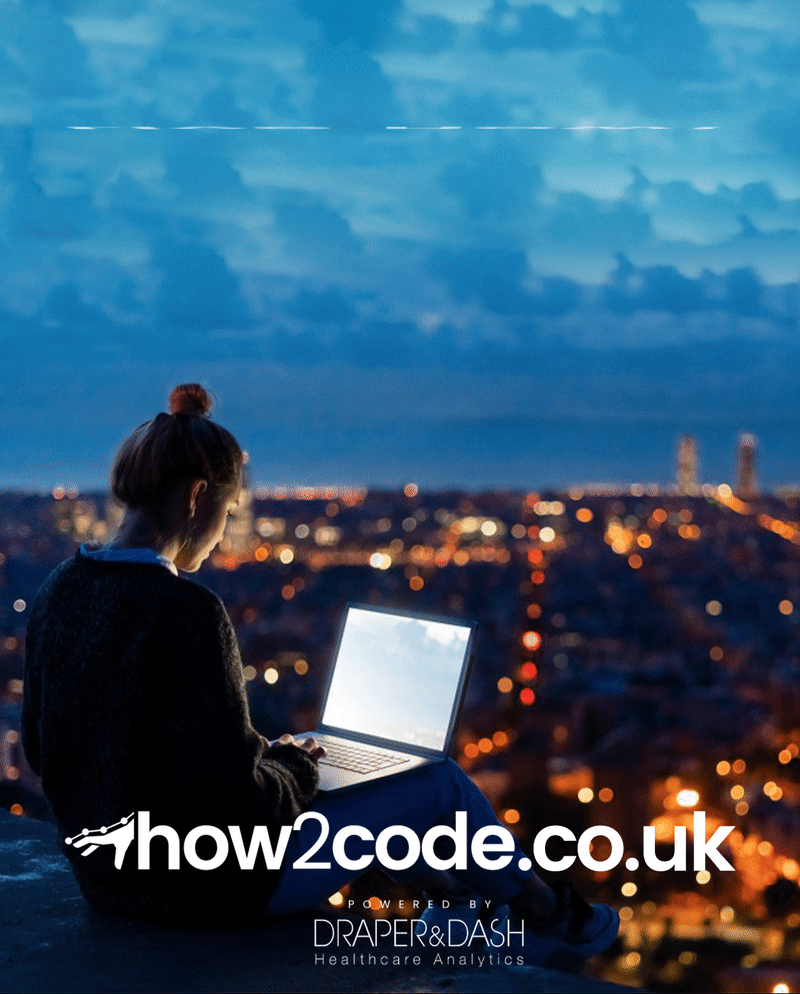Work-life balance has become tricky. As many of us suddenly adapted to working at home, we lost any clear delineation between our personal lives and professional ones. Our bedrooms became our offices and we now take work calls in our kitchens, our phones wedged against our shoulders as we make snacks for our kids.
Though it’s sometimes necessary to put in long hours and ‘go the extra mile’, we need to be cautious with the amount of time we dedicate to work as our finish times slip ever later. When you don’t actually go to an office, it’s hard to remember to leave it at the end of your shift.
Blurred lines
‘The blurring of lines between home and work and the relentlessness of the pandemic workday have taken a toll on our well-being. It’s simply not sustainable.’ – Jane Fraser
We’ve all felt this blurring of our work and home lives – the helpful delineation of office space and office hours has become a thing of the past. Where we used to have fixed hours it’s now all too easy to jump straight onto our laptops before even finishing our morning coffee.
Where we once thought cutting out commutes would give us more free time in our days we’re realising work can – and will – expand to fit whatever time we give it. Our devices have made work extremely portable so disconnecting from your devices or snoozing work apps at a set time is a great way to reclaim that boundary at the end of the workday.
Self-regulating work hours and imposing our own boundaries on our work lives is paramount to successful home working – for our mental health as well as our productivity.
Zoom free zone
After Zoom’s incredible rise in 2020 and its name becoming ubiquitous with video calls, it doesn’t seem like the videoconferencing giant is going anywhere – unless it’s a Friday.
To encourage a healthy work-life balance and minimise the risk of burnout Citigroup CEO Jane Fraser is implementing Zoom-free Fridays. Staff members aren’t allowed to make any internal Zoom calls on Fridays, giving them a break from the actually remarkably stressful method of communication to recharge their social batteries.
‘Zoom fatigue’ is real, especially for the camera-shy among us. The challenges of reading facial cues over lagging home wifi coupled with staying visibly engaged all day leaves us more than a little sleepy.
As we battle with the stresses of these uncertain times it seems the pandemic has brought a second kind of crisis with it: one of employee burnout.
What is burnout?
According to the World Health Organisation [] symptoms of burnout include:
- Feelings of energy depletion or exhaustion;
- increased mental distance from one’s job, or feelings of negativism or cynicism related to one’s job;
- and reduced professional efficacy.
Burnout negatively impacts people’s mental health as well as effectiveness at work – it is both a personal and organisational problem, requiring a solution from both sides.
The COVID-19 pandemic has increased global rates of burnout by 15% according to OC Tanner’s 2021 Global Culture Report, suggesting that we need to make adjustments to our way of working.
How to avoid burnout
As companies consider their long-term strategy for remote work, it’s key that we are caring for the mental wellbeing of employees at all levels.
Whether this is through Zoom-free Fridays or simply checking in on workloads and personal lives, transparent communication is going to be needed throughout (just perhaps not always over Zoom!)
Finding time for conversations about things other than work is vital – these informal friendly chats are one thing people are really missing about in-person offices. Though we may be physically isolating it doesn’t mean we need to be distant; check in on your coworkers and share that ridiculous picture of your pet, these little things can go a long way to combatting loneliness.
Realistic goal setting
A good place to start with recovering from pandemic fatigue is setting realistic goals – this can be regarding hours worked or the number of tasks and projects you take on.
If you don’t have fixed work hours, try to set them – this can be turning off your laptop at a certain time or dedicating time away from your devices around dinner. It’s tempting to keep working, but your productivity and your mental health will thank you for the break.
It’s key that managers and leaders take this to heart too. Burnout is a very real issue and it is not worth risking the health of your employees or yourself for the sake of a slightly quicker work turnaround. Reaching burnout will present long-term effects on productivity, wellbeing, and the overall morale of a team.
Takeaways
As companies look to the future and plan their return to the office – or a move to a form of work from home/office hybrid – this is a great opportunity to implement some of these anti-burnout techniques.
It’s also a great chance to find out how employees would like to work, whether they’re itching to get back to the office or have found they love to work in their pyjamas.
Some of us are far more productive in our own space where others love the focused space of an office. Listening to your personal needs and the needs of your employees is by far the best way to combat burnout and have an all round happier and more productive team.
About the Author: Leo Hynett
Leo Hynett is a contributing Features Writer, with a particular interest in Culture, the Arts and LGBTQ+ Politics.
Recommended for you

Antidepressant Prescribing at Six-Year High
More people are taking antidepressants than ever. Is this a dark sign of the times or an indication that mental health stigma is changing?

Can AI be Used to Determine Cancer Recurrence?
When cancer patients go into remission, they often worry about it coming back. AI can now help identify those at risk of cancer recurrence.

Pegasus – Still a Threat to the UK?
The notorious Pegasus spyware has been misused to exploit vulnerabilities in devices, even those kept within the walls of Number 10.
Trending

Drug Decriminalisation: Could the UK Follow Portugal?
Portugal’s drug decriminalisation has reduced drug deaths and made people feel safe seeking support. Would the UK ever follow suit?

Calling All Unvaccinated UK Adults
With Covid cases rising, the NHS is urging the 3 million UK adults who remain unvaccinated to come forward.




